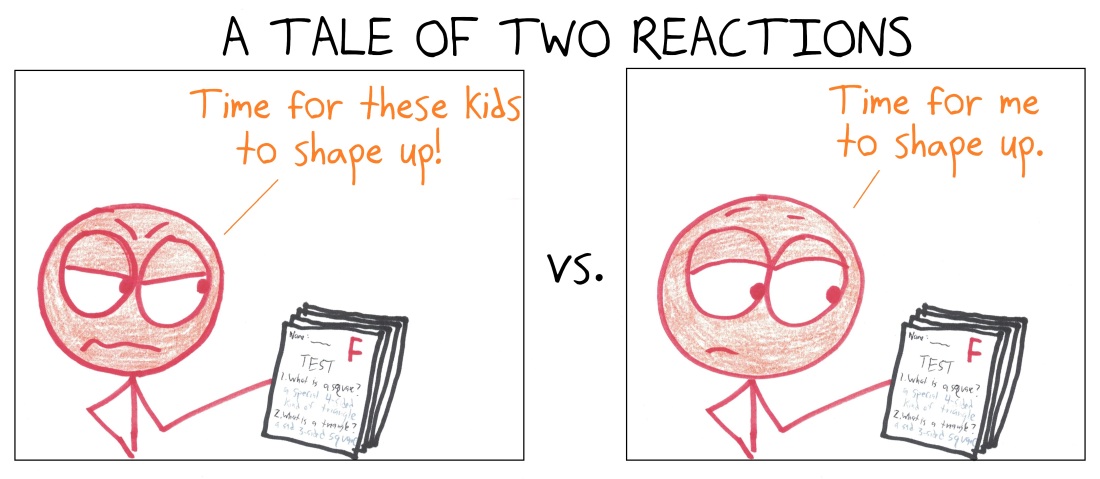May you live in interesting times, so the blessing / curse goes. These are certainly interesting times to be a teacher.
Mandatory remote learning has given the entire teaching community a common challenge to face, one that most teachers have no experience with. Effective teachers are problem solvers by nature — with hundreds of little issues to deal with each day, we must be — so it’s no surprise that teachers are largely rising to the occasion. But in observing teachers navigate this challenge, I’ve noticed very different approaches.
I mentioned this the other day.
I get the sense that many teachers in the early stages of #RemoteLearning are focused on recreating the experience of the class, whereas I seem to be focused on recreating the workflow. (An observation, not a judgment.)
— Patrick Honner (@MrHonner) April 2, 2020
A lot of teachers are looking to recreate the experience of their classroom, with mandatory Zoom meetings, roll call, video-proctored exams, and other synchronous activities. My approach has been to recreate the workflow of our classroom: presentation of key ideas followed by low-stakes formative assessment followed by a work-feedback-revision cycle, all happening asynchronously. With this basic framework in place I’ve only recently begun to consider how live sessions can fit in. I see their value, if for no other reason than to connect with each other, but so far students have expressed mixed feedback about their importance.
As I said in my tweet, this is all observation, not judgment. Like everyone else I’m just trying to figure out what works for me and my students. And things will change, as they so quickly do these days. But I hope we take advantage of these new challenges and new technologies to rethink what we do, rather than simply figure out ways to replicate what we’ve always done.
Related Posts


